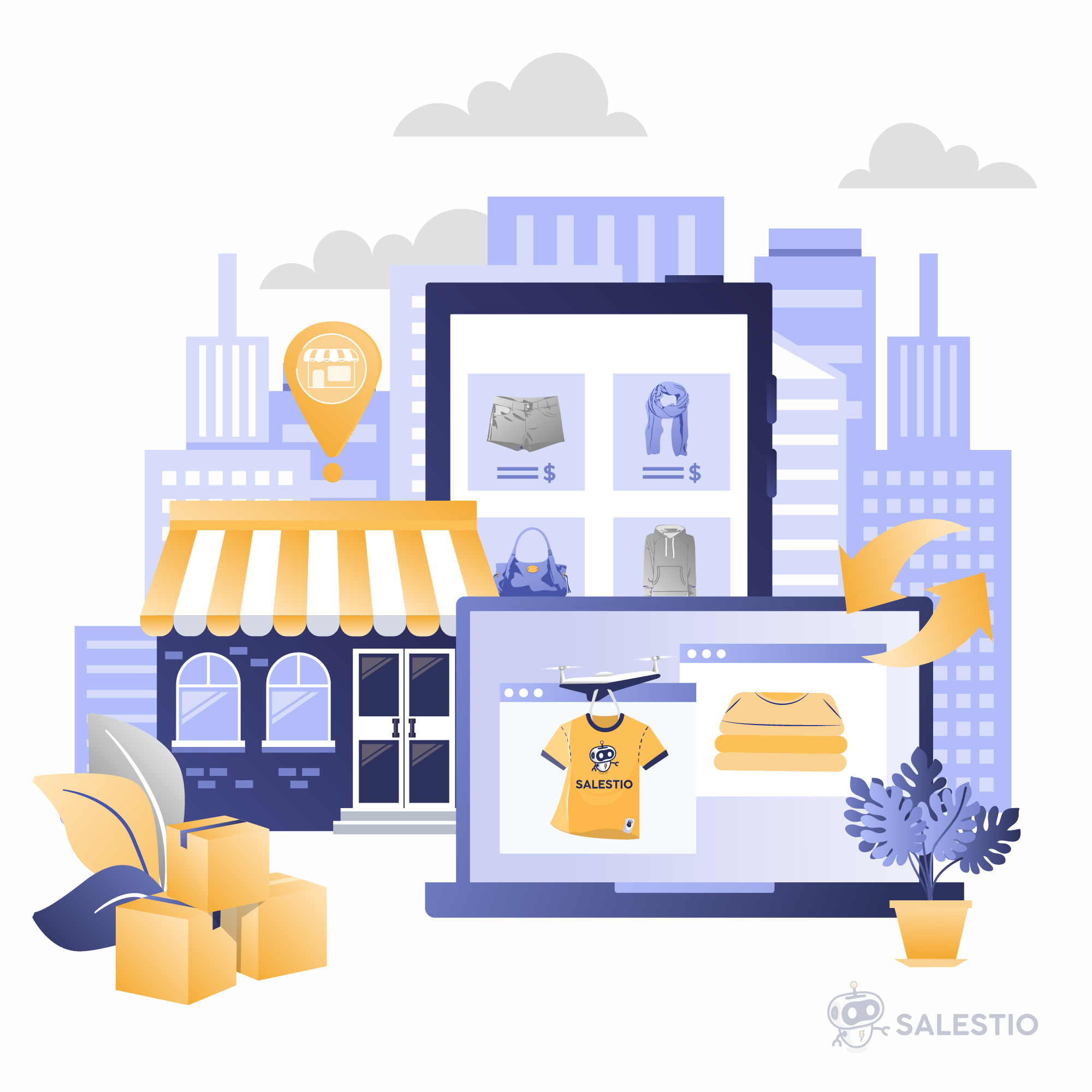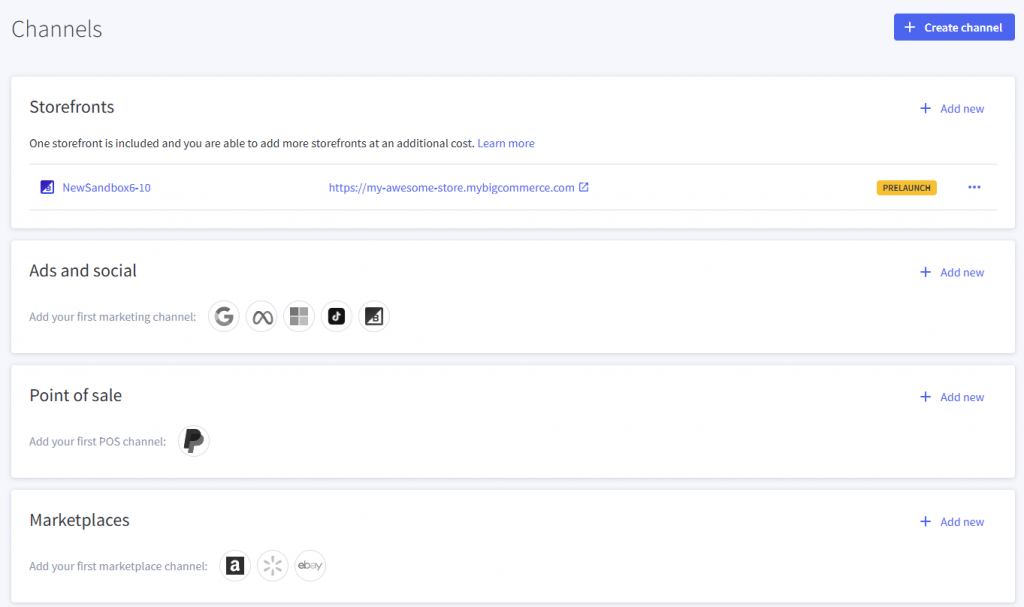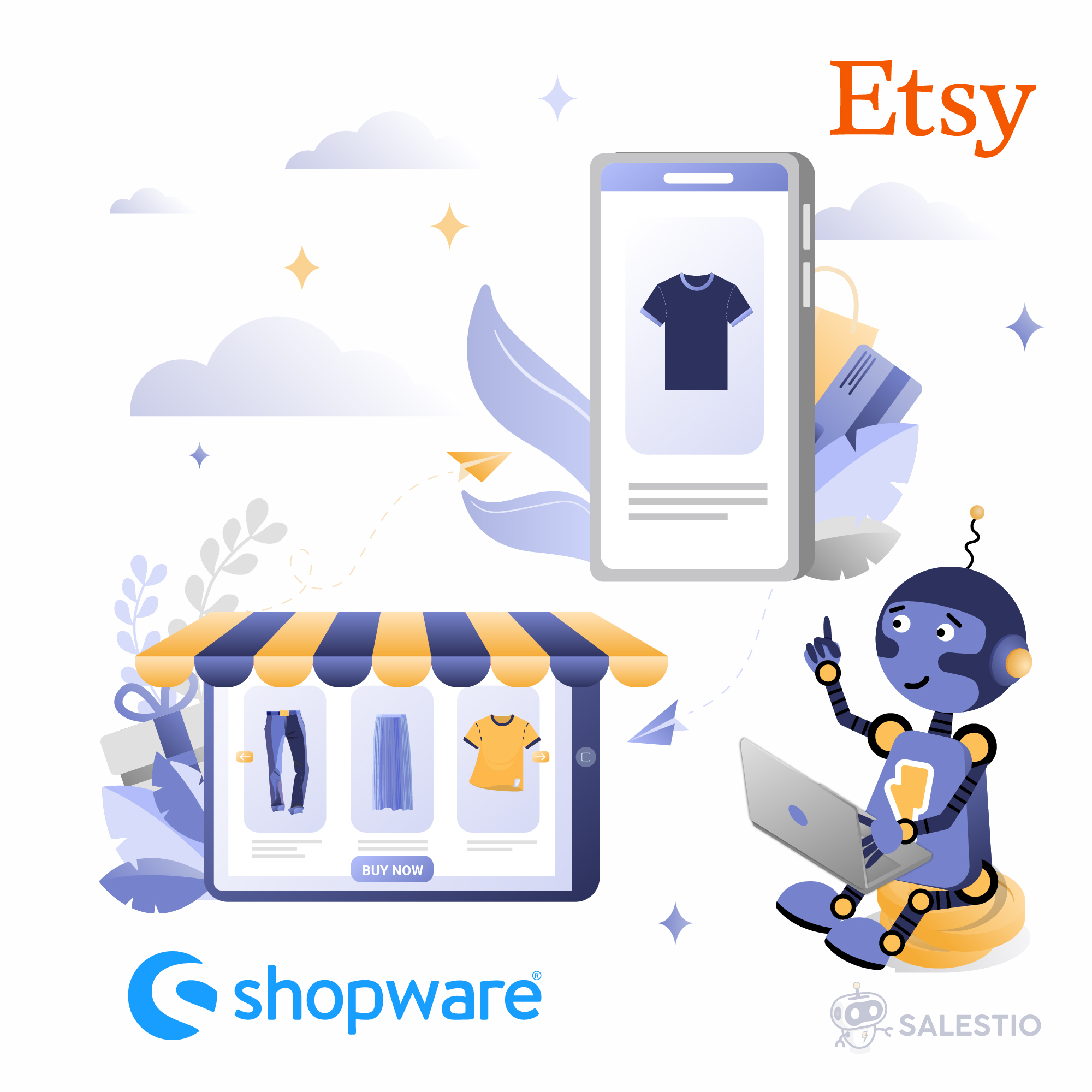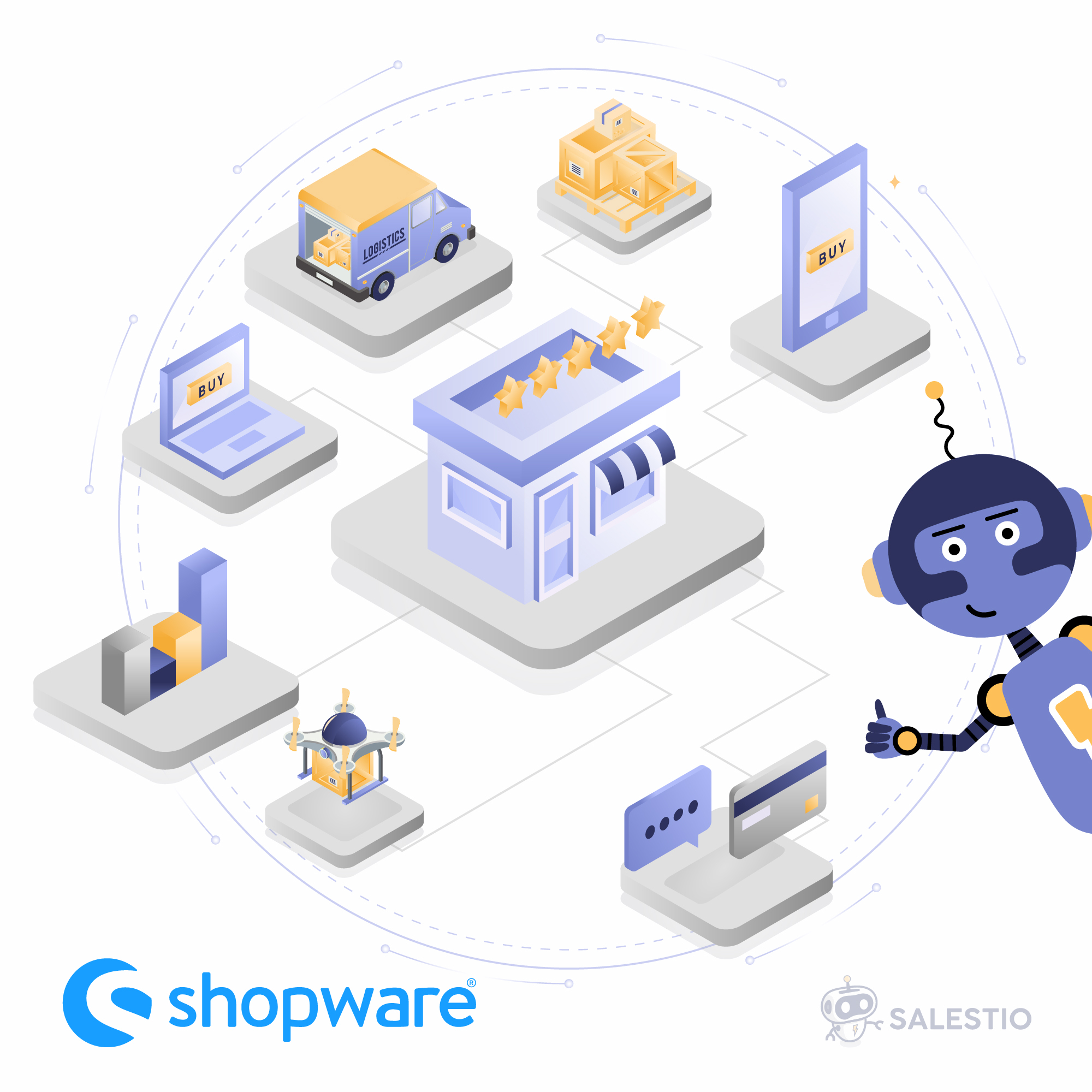22 Aug'25

Keeping a store running on multiple platforms is a great way to capture a wider audience. Managing multiple channels comes with its own upsides and challenges, so in this article, we will discuss the available options.
Why start a multichannel business?
The main upside of running a multichannel store is increased reach and visibility. Meeting the customers on the platform they already shop on can be an easier way to get more customers. Different people can prefer different platforms, and allowing them to use their favorite marketplace can help the brand gain more trust.
A significant consideration for multichannel merchants is coordinating the stock and order management. Keeping the stock levels in sync across multiple platforms is very helpful for keeping the service quality high.
Using an app like Salestio is helpful to keep multiple stores in sync. The stock synchronization features will keep inventory levels updated across the platforms. Order syncing gives the option to fulfill orders from multiple stores in a single place.
Choosing the sales channels
When picking the selling platforms for an online business, consider reach, control, costs, and customer experience. The best mix depends on your products and target audience.
Marketplaces vs. E-commerce Websites: Pros and Cons
E-Commerce platforms
One of the most popular platforms for an online business is Shopify. The platform is very beginner-friendly, and sellers have a wide selection of third-party apps.
Related: Magento vs Shopify
Some businesses prefer using BigCommerce for more available out-of-the-box features, which can mean less need for paid add-ons. Compared to Shopify, there are fewer design presets, but more customizability.
Pick PrestaShop for one of the most customizable options. The platform is free to use and designed for self-hosting. This option is great for dev-savvy users and highly customized projects.
Among other popular platforms, you can check out Shopware, WooCommerce, Squarespace, Wix, or Magento.
Quick comparison: WooCommerce vs Shopify

Online marketplaces
Amazon is a highly regulated platform with a wide audience. Generally, Amazon is best suited for selling mass-market products. One of the distinct features is the FBA (fulfillment by Amazon) option, which allows sellers to offload their inventory to the platform to handle the sale process.
eBay is a global marketplace suitable for a broad range of new, used, and refurbished items. The platform is known for hosting both fixed-price and auction listings. eBay is ideal for small businesses and individual sellers.
Etsy is more focused on craft supplies, as well as handmade or vintage items. This marketplace is great for artists and shops with custom products (e.g., a print-on-demand shop).
Etsy vs. eBay: Which Marketplace is Better For You?
Social media
Facebook and Instagram are the most popular social media platforms with built-in e-commerce features to get your own shop running. A huge user base, coupled with the advanced advertising tools, is ideal for building brand presence and targeting specific audiences. Coupling the store with a social media page like this will help drive traffic both through content and ads.
As a shorts platform, TikTok is known for viral trends and authentic storytelling. That makes the platform a powerful tool for driving brand awareness. TikTok has built-in shop features with an in-app storefront and checkout. Shorts are great for visually appealing or trend-driven products. Consider this option if your brand can create fun or tutorial-type content.
Physical stores
Online options lead in convenience and reach, while brick-and-mortar stores provide a tangible shopping experience. Shoppers can touch, try, and experience the products before buying, and sometimes it is an important step for many. Hosting a physical store can help the brand to be more engaged with the local community and enable local partnerships.
Physical stores are constrained to foot traffic and local marketing, and require higher overhead costs and time. However, you should consider having one to boost customer trust and promote the brand.
Considering the focus on multi-channel sales, keep in mind that the mentioned platforms support multiple inventory locations for keeping the stock separate. This feature can be useful for managing multiple inventories.
Related: BigCommerce Locations and how to use them in Salestio
Having a separate inventory location for a physical store is helpful to know exactly how many units are available at the store.

Whether you sell online or in-store, each platform offers its own strengths and challenges. The key is choosing the right mix that aligns with your audience and products. With the right strategy, a multichannel approach can help you promote the brand and scale up.





